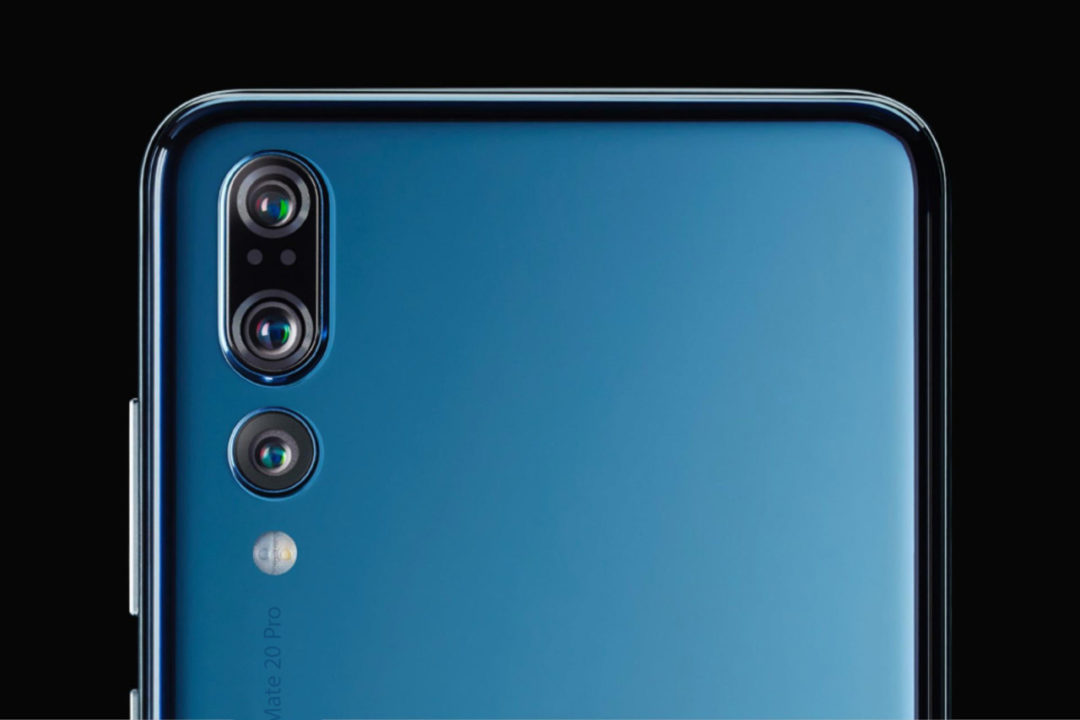Huawei P20 smartphone series started a new trend for flagship smartphones to offer multiple camera sensors. Now, with the P30-series phones expected to launch in the coming months, expectations are high in terms of camera performance.
Earlier, it was reported that the Huawei P30 Pro will come with four camera sensors on the back panel but there was no information available for the standard Huawei P30, until now. A new report indicates that the Huawei P30 will feature three camera sensors on the back panel.

In the triple-rear camera setup, the main camera sensor will support a maximum resolution of 40-megapixel, similar to Huawei P20 Pro and Mate 20 Pro. One of the sensors in the triple-camera setup will have a telephoto lens, enabling the device to support 5x lossless zoom.
Instead of the monochrome sensor that Huawei usually uses in the P-series smartphones, the phone is expected to have a newly updated wide-angle solution. As for the front-facing camera, the report suggests that the smartphone will feature a 24-megapixel snapper. We are also expecting the front camera to support various AI-based features.
While the phone’s specifications are not yet known, the smartphone is likely to be powered by the company’s recently launched flagship chipset — Kirin 980, touted as the world’s first mobile processor manufactured using 7nm process. The octa-core processor, featuring two dedicated NPUs, is said to offer a 48% increase in performance and a 178% increase in power management.
Read More: Android 9 Pie-based EMUI 9 is now rolling out globally to major Huawei and Honor smartphones
As for the Huawei P30 Pro, reports suggest that it will be the first smartphone to use Sony’s unannounced IMX607 image sensor. The upcoming sensor reportedly features an impressive 38-megapixel resolution and relies on Dual Bayer filter combined with a new white HDR Coding Array. The Sony IMX607 sensor is expected to support Quad Pixel Phase Detection Auto Focus for faster and more accurate autofocus, built-in temperature and ambient light sensors, and improved noise reduction.
(Source)



